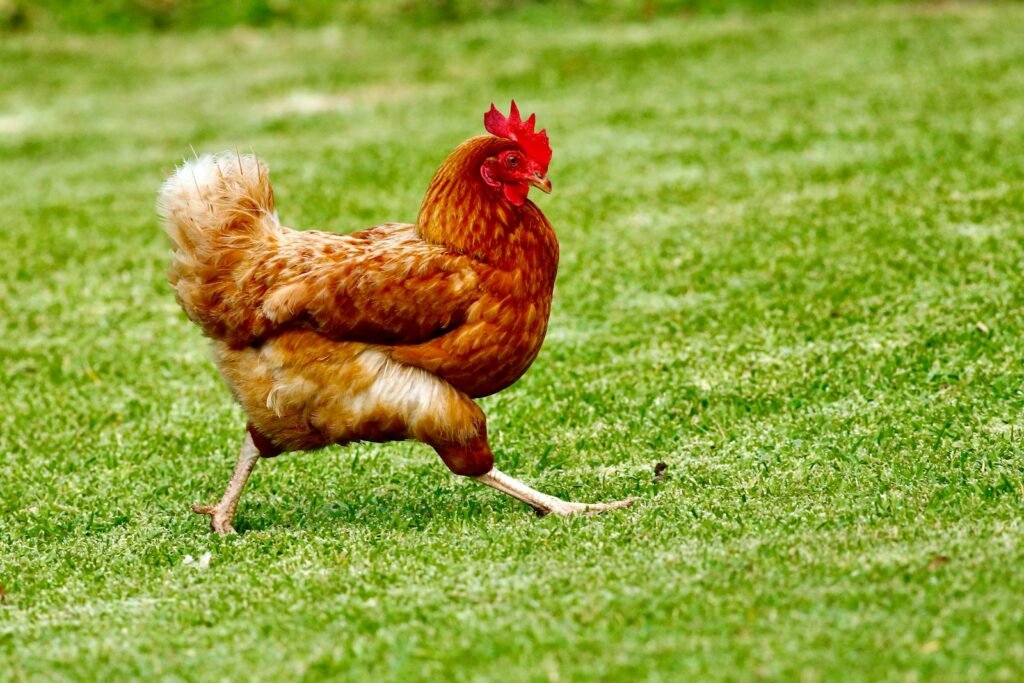In the late 19th and early 20th centuries, Russian physiologist Ivan Pavlov conducted ground-breaking research that would forever change our understanding of reflexes and lay the foundation for behavioral psychology. Originally intent on studying the physiology of digestion, Pavlov’s focus shifted when he observed an intriguing phenomenon among his canine subjects. These dogs would begin to salivate not only when presented with food but also in response to stimuli associated with food, such as the sight of a lab assistant or the sound of a bell. This serendipitous observation led to a series of experiments that would elucidate the principles of classical conditioning, paving the way for a new era in psychological research.
Discovery of Conditioned Reflexes

Pavlov’s initial experiments were aimed at understanding the salivary reflex, a natural, unconditioned response to the presence of food. However, he soon noticed that dogs would start salivating even before the food was presented. Intrigued by this anticipatory salivation, Pavlov hypothesized that it was a conditioned reflex that differed from the unconditioned reflex triggered by food. To test this hypothesis, Pavlov designed controlled experiments where he paired various neutral stimuli, such as a metronome or a bell, with the presentation of food. After repeated pairings, these neutral stimuli alone could elicit salivation from the dogs. This response was what Pavlov termed a “conditioned reflex,” illustrating that behaviors could be learned through association.
The Mechanics of Classical Conditioning

The experiment laid out a clear framework for classical conditioning, which involves several key components: the unconditioned stimulus (UCS), the unconditioned response (UCR), the conditioned stimulus (CS), and the conditioned response (CR). In Pavlov’s experiments, the unconditioned stimulus was the food, which naturally elicited the unconditioned response of salivation. The bell, a neutral stimulus, became a conditioned stimulus after being repeatedly paired with the presentation of food. Eventually, the conditioned stimulus alone was sufficient to trigger salivation, now a conditioned response. Pavlov’s research demonstrated that reflexive behaviors could be manipulated and were not solely innate, a revolutionary revelation for the scientific community at the time.
The Impact on Psychological Theory

Pavlov’s findings had profound implications for psychology, particularly in the field of behaviorism. Behaviorism, a school of thought that arose in the early 20th century, emphasizes the importance of observable actions over internal mental states. Pavlov’s classical conditioning became a cornerstone of behaviorist theory, offering a scientific basis for understanding how animals, including humans, learn through interaction with their environment. His work inspired psychologists like John Watson and B.F. Skinner, who expanded on these principles to study complex behaviors and develop practical applications in both therapeutic and educational settings.
Applications of Pavlov’s Research

The applications of Pavlov’s discoveries extend beyond academic research and have been instrumental in various practical domains. In the field of education, classical conditioning principles are used to create positive learning environments through association. In therapy, techniques such as exposure therapy for phobias are rooted in the understanding of conditioned responses. Advertisers also employ these principles to create associations between their products and positive emotions, thereby influencing consumer behavior. The versatility of classical conditioning underscores the impact of Pavlov’s work on contemporary science and society.
Legacy and Modern Perspectives

Though initially focused on digestive processes, Ivan Pavlov’s work inadvertently laid the groundwork for modern behavioral science. The concept of conditioned reflexes continues to be researched and applied across various fields, highlighting the enduring relevance of his pioneering studies. More recent advancements have used technology to delve deeper into the neurological underpinnings of conditioned responses, bridging the gap between Pavlov’s physiological outlook and today’s neuroscience. Pavlov’s legacy is a testament to the transformative power of keen observation and the relentless pursuit of understanding, inspiring generations of scientists to explore the realms of the mind and behavior.
Conclusion

The story of Pavlov’s salivating dogs is more than just a captivating narrative in the annals of science; it is a pivotal moment in the understanding of learning and behavior. Pavlov’s meticulous research not only unveiled the mechanics of conditioned reflexes but also set the stage for future innovations in psychology and beyond. His work reminds us of the interconnectedness of all scientific disciplines and how discoveries in one area can illuminate pathways in another, enriching our comprehension of the natural world.




